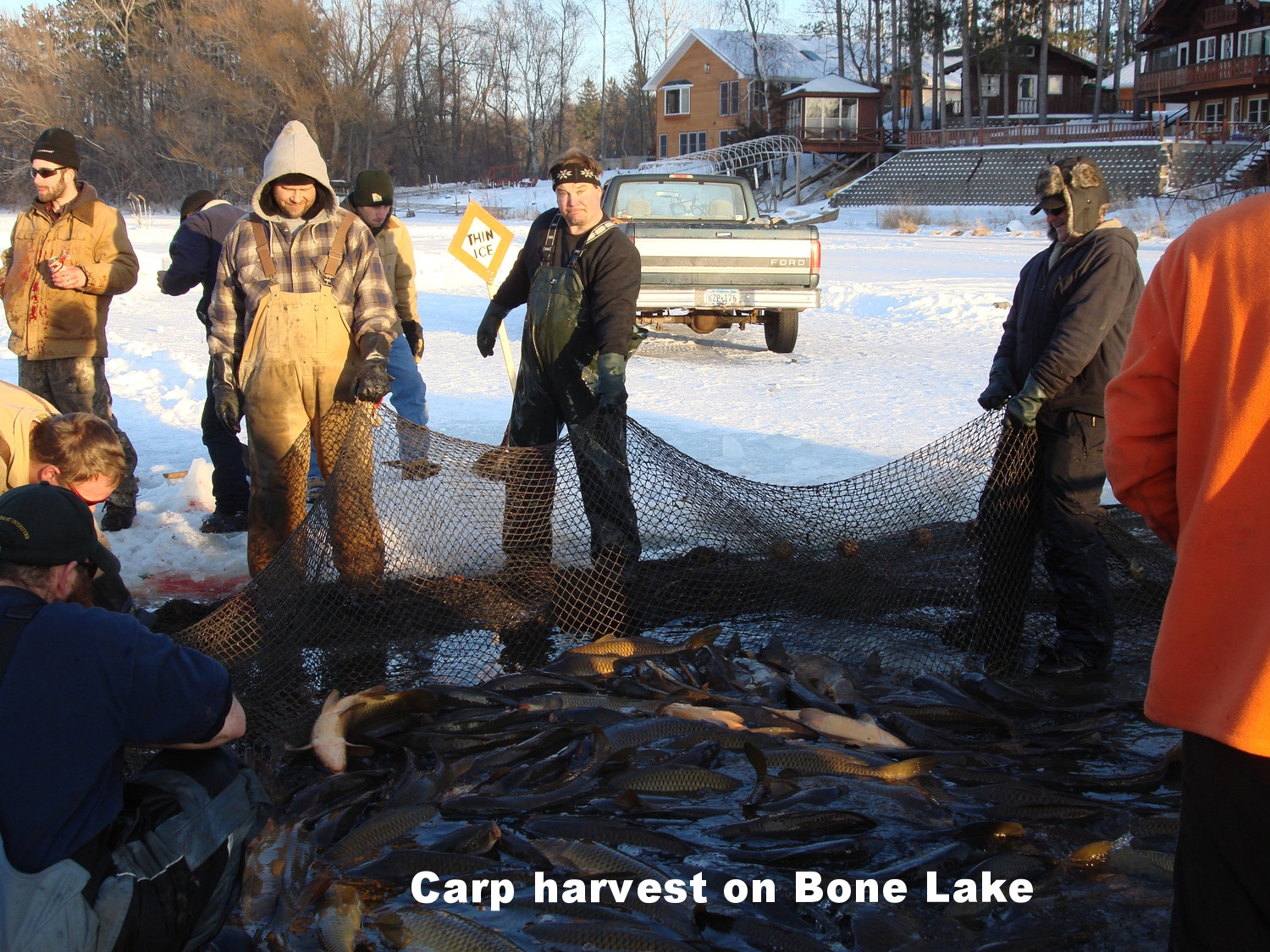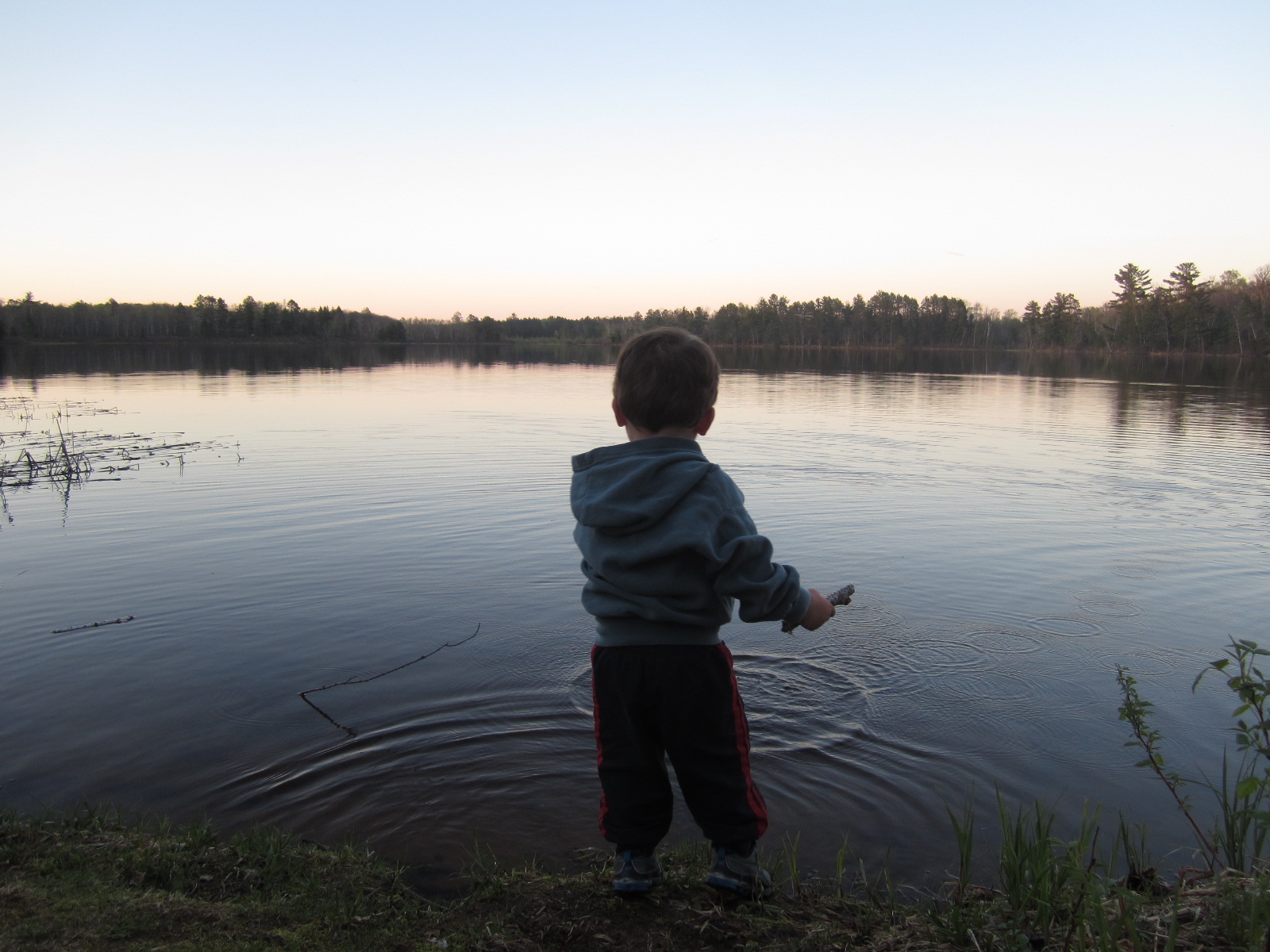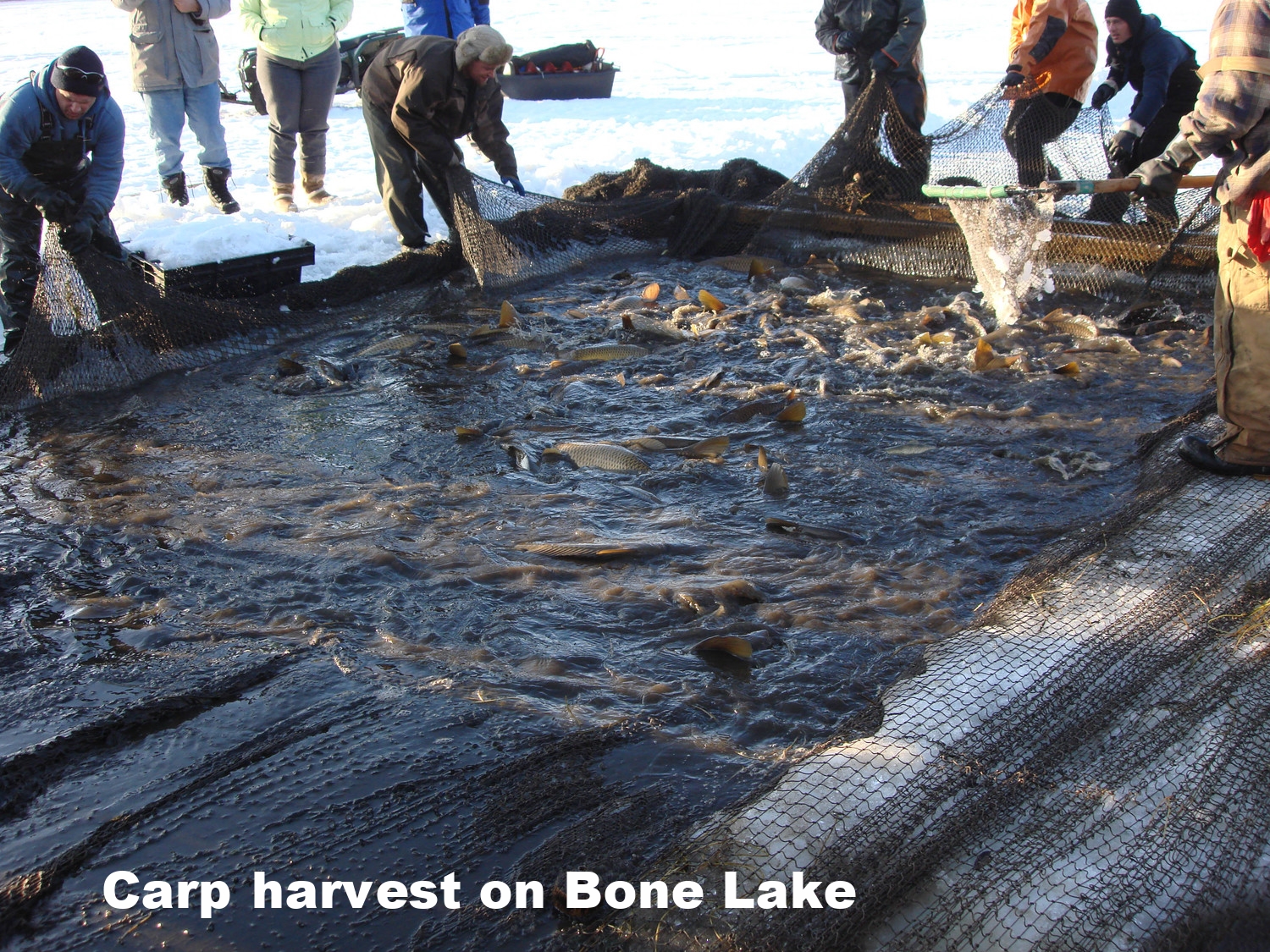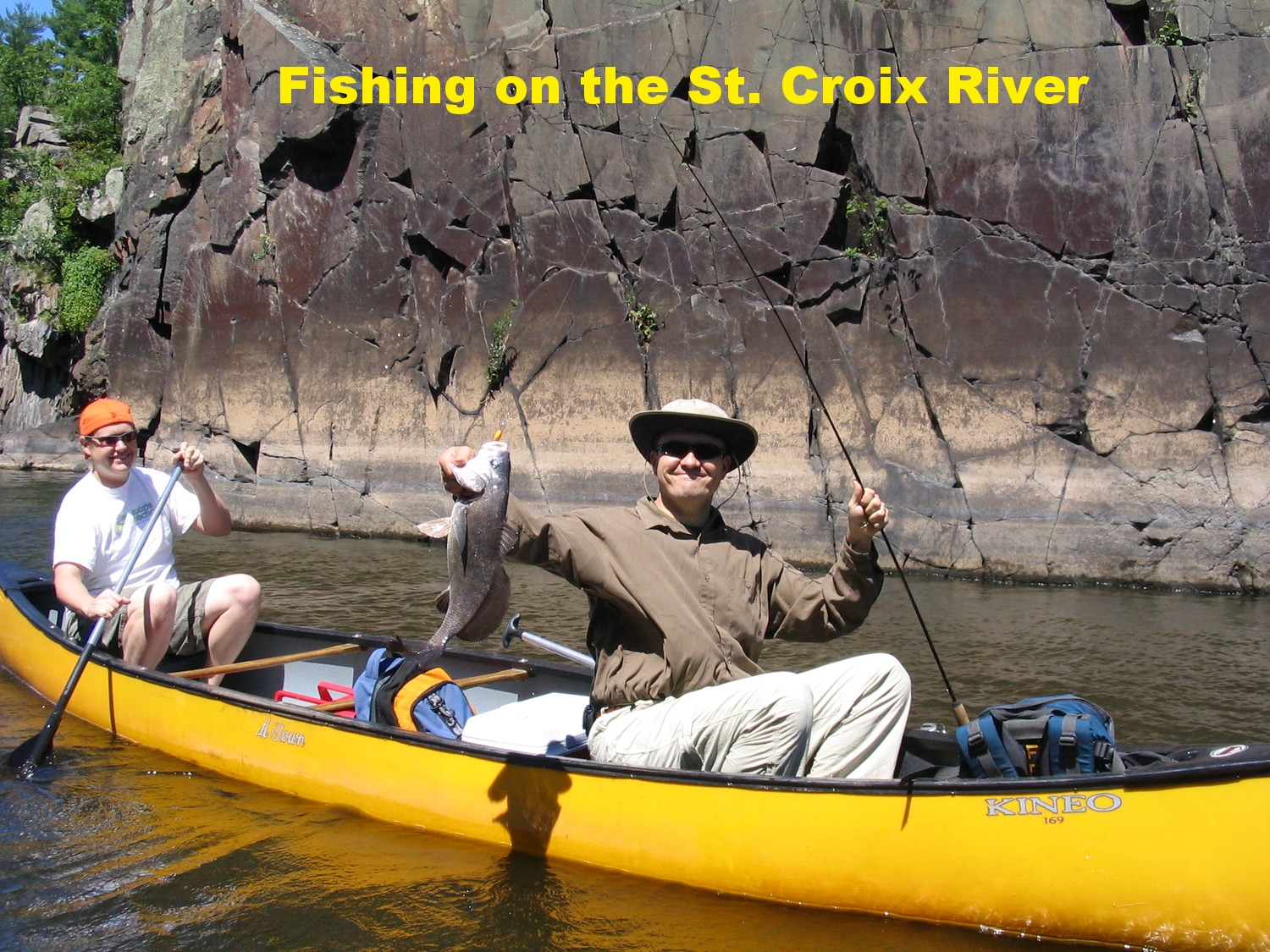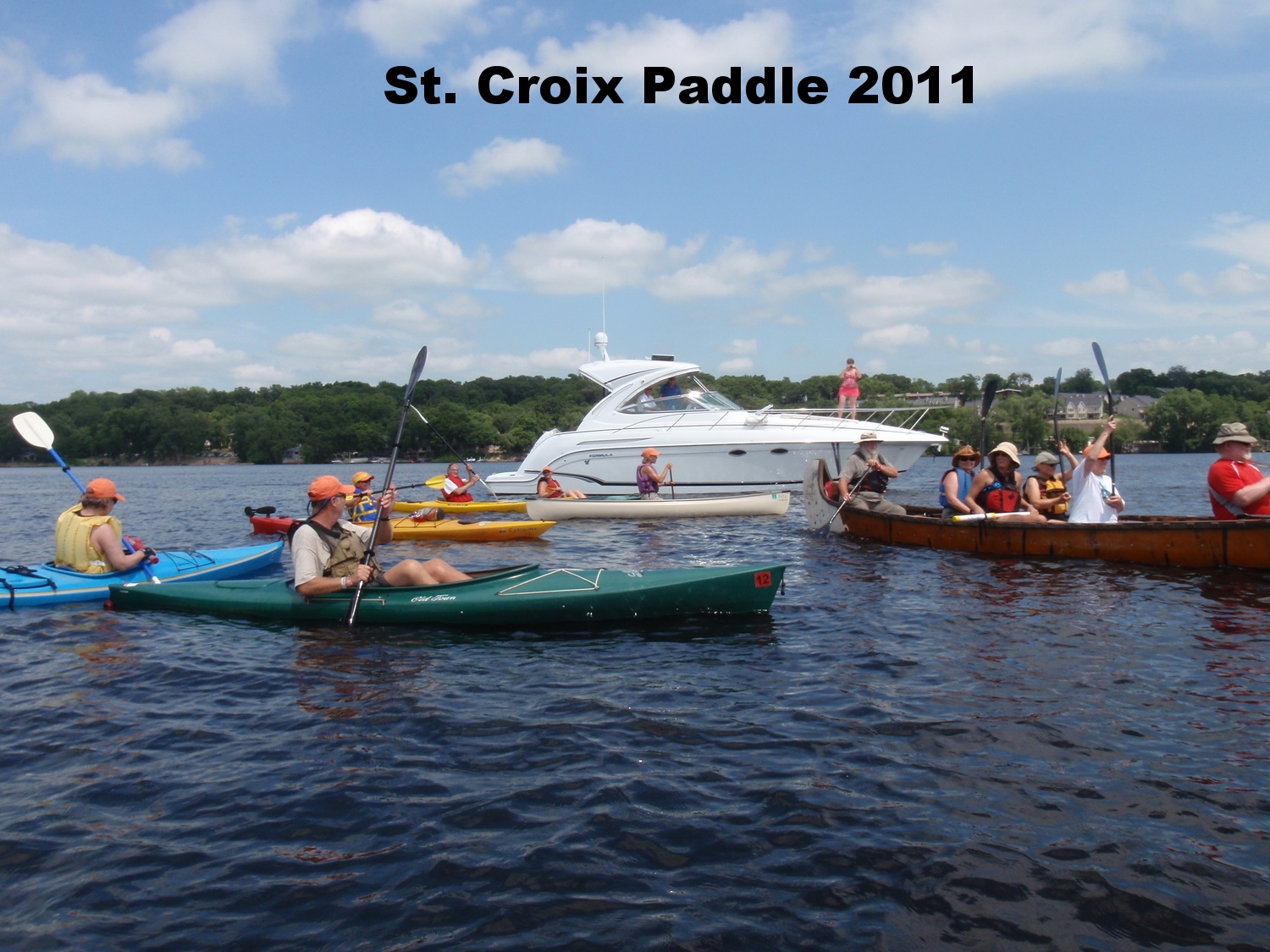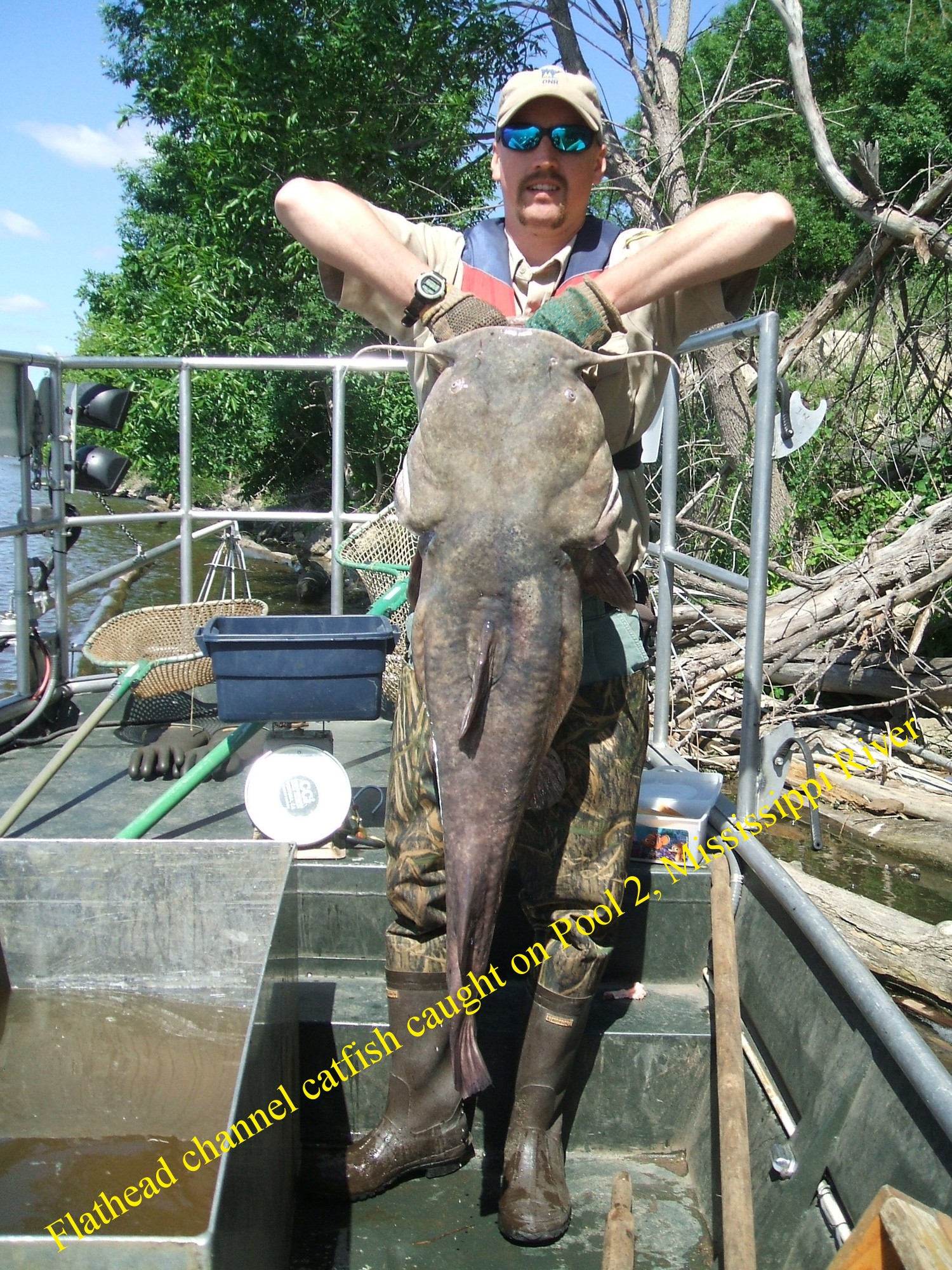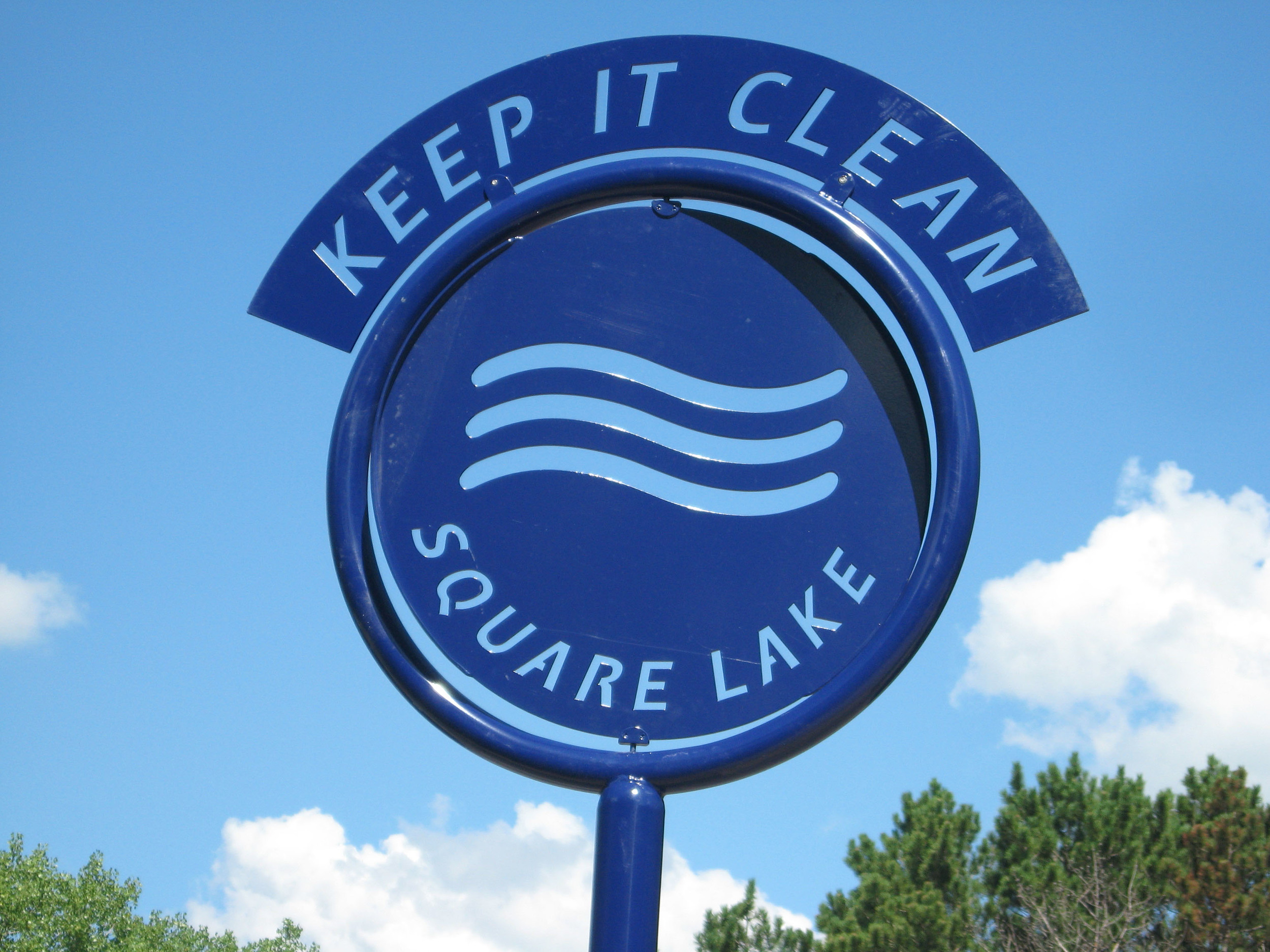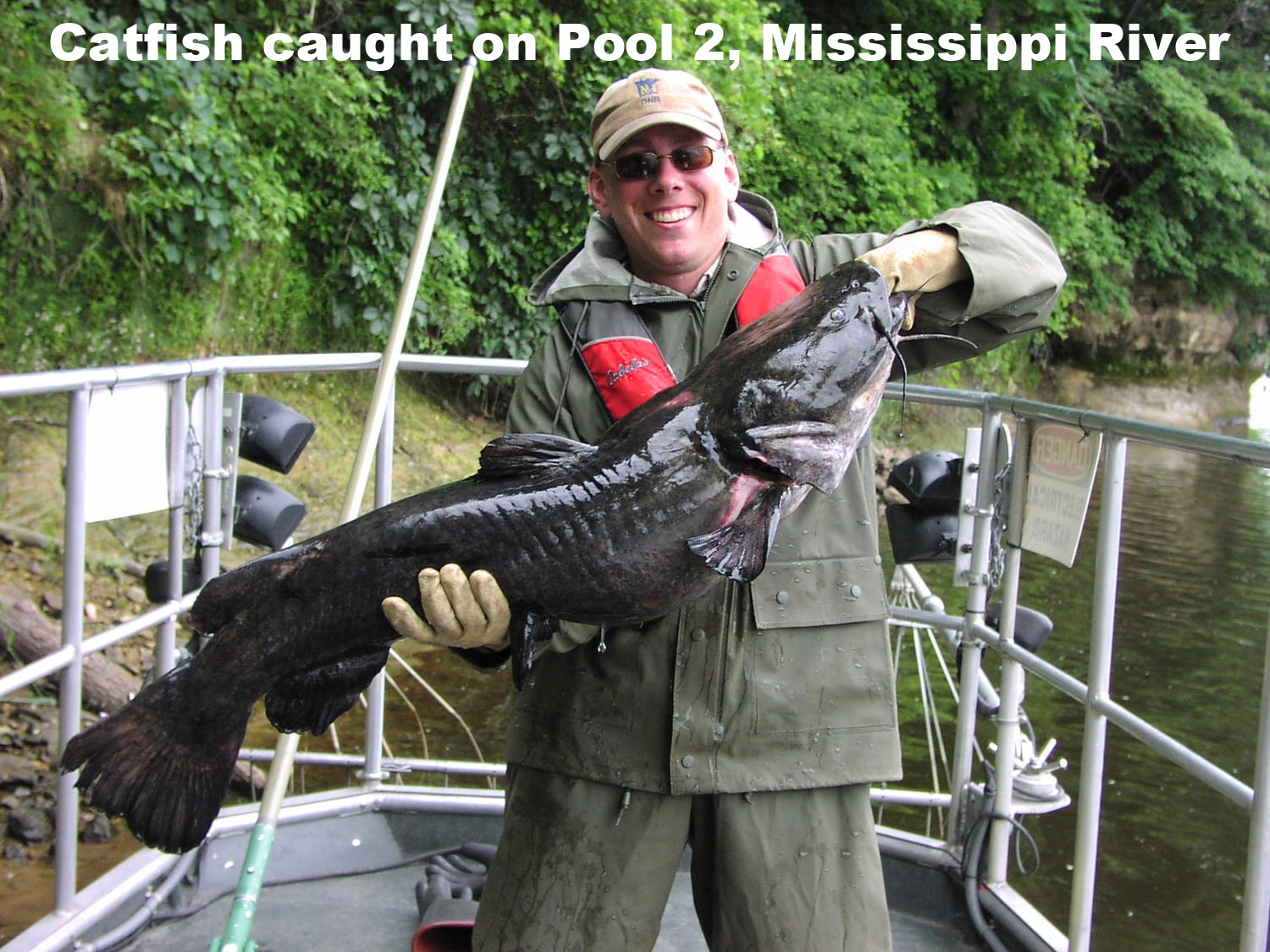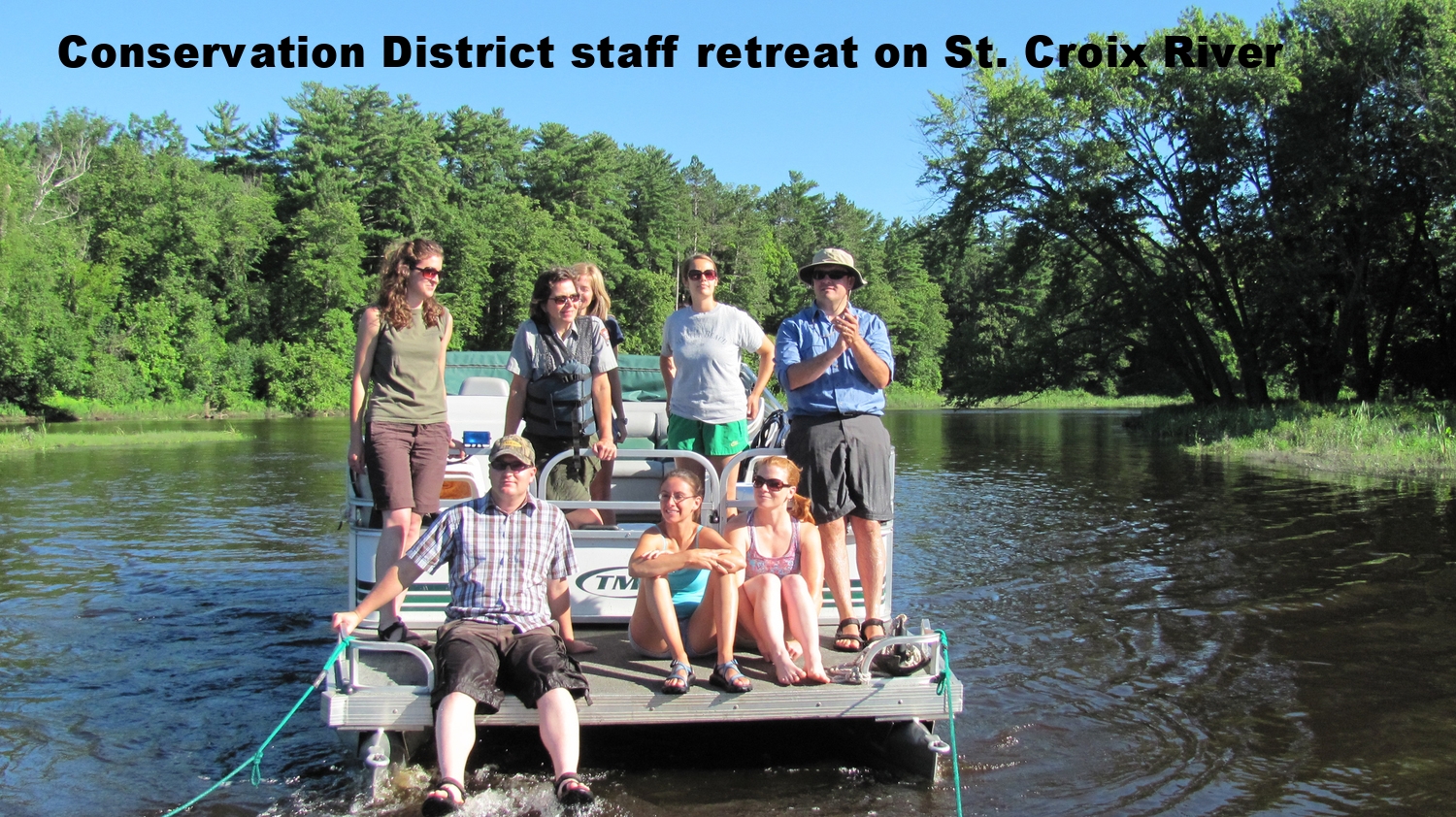Aquatic Invasive Species
What Are Aquatic Invasive Species (AIs)?
Aquatic Invasive Species (AIS) are non-native plants or animals that have been introduced to the environment and have the potential to displace native species, disrupt habitats, and degrade the water quality of lakes, rivers, and wetlands. Through these negative impacts, AIS can also impair recreation and local economies that depend on these water resources. Examples of some well known AIS that are present in Washington County include Zebra mussels, Eurasian Watermilfoil, Bighead carp, and Purple loosestrife.
How do we help to prevent the Spread of AIS in Washington County?
Funding for Aquatic Invasive Species education and prevention efforts is provided by Washington County with funding from the Minnesota Legislature, and nine other local partners.
INspections:
Every summer, the WCD hires a team of seasonal watercraft inspector who are placed at public launches around Washington County. These watercraft inspectors are trained by the DNR to visually and manually inspect boats, including the removal, drainage, and decontamination of water related equipment. Inspectors have the authority to prevent the launch or operation of the watercraft if a person refuses to allow an inspection, or doesn’t remove the identified AIS or contaminated water. In addition to these inspections, our team of inspectors also provide important education resources to boaters! If you’re interested in joining our team of watercraft inspectors, please check out our employment opportunities page for more details.
Early Detection & Rapid Response Plans:
Staff do weekly checks of all public access points in Washington County (excluding Forest Lake & the St. Croix River) and conduct whole lake meander surveys according to DNR protocols on Big Marine, Big Carnelian, and Square Lakes. These surveys and visual inspections are an important tool for identifying AIS because not every boat entering and leaving the water can be inspected. In the case of a new AIS being discovered in a water body, the Washington Conservation District staff work with the DNR to create a rapid response plan to inform the public and evaluate the extent of the infestation.
Education:
Work with the general public, boaters, anglers, and lake association members to inform them about AIS and how they can help prevent the spread. This is achieved through public workshops, a targeted newsletter for lake association members and shoreline owners, providing training opportunities to become certified AIS detectors, social media campaigns, and important signage at boat launches.
Click to subscribe to our monthly e-newsletter for Lake Associations and shoreline residents.
Hiring a lake service provider to remove your boat, dock or lift (Prevent AIS): Flyer Postcard
Aquatic Invasive Species Information & Resources for Washington County
Reporting an Invasive Species - MN DNR
MN DNR - permits for aquatic plant management and potential violations
Native or Invasive? Identification key
Go to Minnesota DNR for more info about aquatic invasive species.


